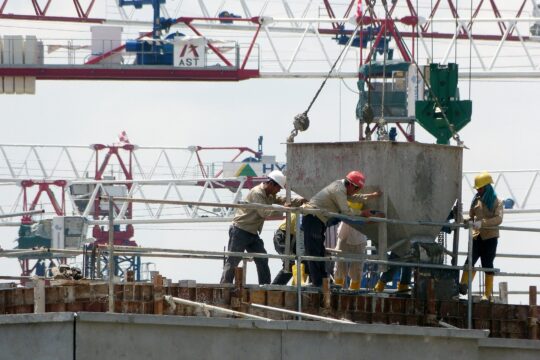
The incredible advances made in the field of robotics in the last decade are affecting how almost every industry operates. Nowhere is this truer than in manufacturing. In the ever more intense need to shave overheads and boost profit margins, robotics is providing a cost-effective solution to manufacturing processes that were previously operated by human engineers.
The inexorable pace of change means that the coming years are likely to see human operatives increasingly phased out of manufacturing, but this is not the only change we will see. Read on to find out about some of the ways that robots are set to be introduced into factories in the coming years.
- Risk Reduction
Many manufacturing processes require handling toxic and potentially dangerous substances. In processes which require the use of toxic chemicals or radioactive materials, robots may offer a way to protect workers for harm. The precision with which robots can now be programmed to work means that they can now be trusted as never before to perform incredibly delicate tasks involving toxic substances. This is great news as it implies a significant reduction in the risk that is faced by factory operatives.
- Multipurpose Robots
One of the fastest-growing trends in robotics are robots that are built to perform more than one task. In the past, the robots that were found on the assembly lines of automobile or airplane factory floors were very good at accomplishing complex specialized tasks but not much good at doing anything else. These days, things are changing – the same assembly lines now contain a smaller number of robots which are capable of doing a diverse range of different tasks.
- Smart Factories
A smart factory is one which is highly digitalized and connected. It includes machinery and equipment that is capable of learning on its own so as to improve processes through automation and self-optimization. Although smart factories use sophisticated robotics as sensors that are located within the four walls of the factory, a smart factory involves processes that control elements of the entire manufacturing supply chain. This helps to streamline manufacturing so that supply and demand are more adequately met.
- Different Kinds of Jobs
There is a big fear among workers in the manufacturing sector that their jobs will be done by machines in the future. While this fear may be legitimate in some respects, the reality of what is happening is not as simple as all that. In fact, the type of jobs that are being created in the manufacturing industry are changing from people who possess mechanical skills to those who are able to program and troubleshoot problems that emerge with factory robots.
Robots have entered the world of business in a big way in the last few years, and nowhere is this truer than in manufacturing. Today, you will be hard-pressed to find a factory that is not using robotics in some form or another to help expedite the manufacturing process and reduce overheads.




